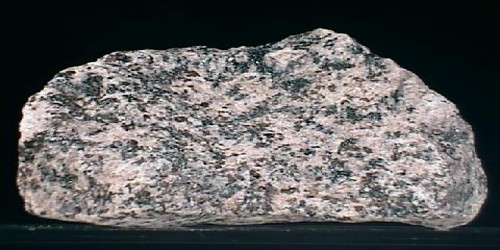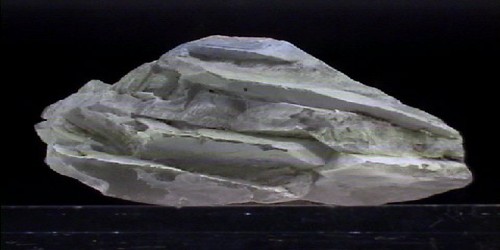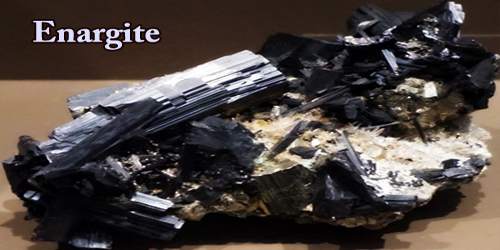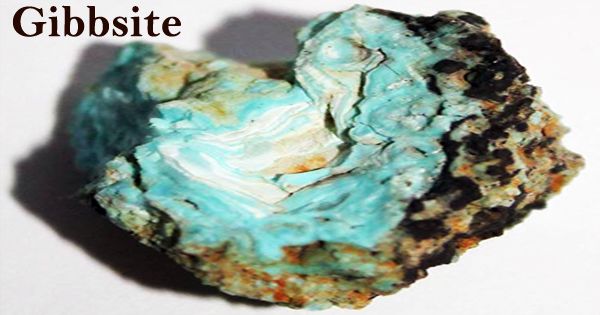Hardystonite is a rare calcium zinc silicate mineral first described from the Franklin, New Jersey, U.S. zinc deposits. It has a chemical composition of Ca2ZnSiO7. It is a rare purple fluorescent silicate mineral. It often contains lead, which was detrimental to the zinc smelting process, so it was not a useful ore mineral.
General Information
- Category: Sorosilicates
- Formula: Ca2ZnSiO7
- Crystal system: Tetragonal
- Crystal class: Scalenohedral (42m)
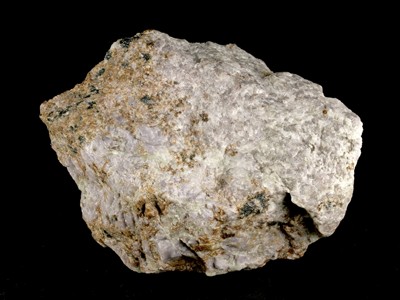
Fig: Hardystonite – a calcium zinc silicate mineral
Properties
It appears white to gray to light pink in color in daylight, sometimes with a vitreous or greasy luster. In daylight, it is white to gray to light pink in color, sometimes with a vitreous or greasy luster. It is very rarely found as well formed crystals, and these are usually rectangular in appearance and rock-locked.
- Color: light brownish white, pale greyish-white, very pale pink
- Crystal habit: Massive granular
- Cleavage: [001] good, [100] and [110] fair
- Tenacity: Brittle
- Mohs scale hardness: 3-4
- Luster: vitreous, resinous, greasy, dull
- Diaphaneity: Transparent to translucent
- Specific gravity: 3.396–3.443
- Optical properties: Uniaxial (-)
Occurrence: In granular ore in a metamorphosed stratiform zinc deposit.
Hardystonite is usually a dull, unattractive white, but under short-wave UV light, it really impresses! It was first described in 1899 by J.E. Wolff, when the New Jersey Zinc Company mines were located in what was called Franklin Furnace, in Hardyston Township, New Jersey.
It is frequently found in willemite (fluoresces green), calcite (fluoresces red), and clinohedrite (fluoresces orange). Hardystonite can be found altered to clinohedrite CaZn(SiO4)·H2O through direct hydrothermal alteration.
Association: Vesuvianite, apatite, franklinite, willemite, rhodonite, calcite, dolomite.
Information Source:
